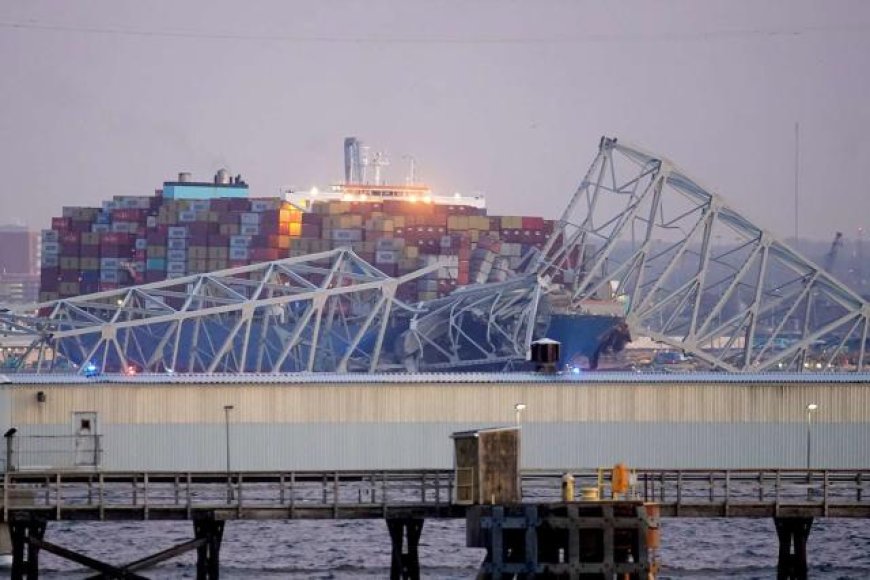Baltimore bridge was ‘vulnerable,’ British bridge designer says

THE Francis Scott Key Bridge that collapsed early Tuesday was “vulnerable,” according to Ian Firth, a British structural engineer and bridge designer. He said the structure appeared to have vessel protection devices in the water around it but that the objects were “not adequate.”
Firth said in a telephone interview that he was “not surprised” at how quickly the bridge came down after it was struck. He noted that the support structure that was struck, which would have been made of reinforced concrete, was one of two main supports responsible for doing “all the work” to hold up the bridge.
He said the ship appeared to have “strayed” to one side before striking the bridge, which appeared to have a “lightweight” support structure.
After reviewing video footage from the scene, Firth said there appeared to be at least two protective objects in the water next to the Key Bridge. The objects, known as “dolphins,” are supposed to protect maritime structures from being hit by vessels. But Dali, the container ship that struck the bridge, appeared to have come in “at an angle,” Firth said, which meant the devices were unable to prevent the ship from striking the bridge, sending part of it tumbling into the water below.
If the Dali had been traveling “straight on” instead of at an angle, it would probably have hit the protective objects, Firth said.
If there had been three or four vessel protection objects stationed around the bridge, the outcome may have been different, Firth said, adding that he expects lessons will be learned from Tuesday’s tragedy.
Firth noted that the bridge, which was built in 1977, was erected at a time when ships were not as big as they are now and the flow of traffic was not as busy. These days, structures are designed with better protective measures in place, he said, though he noted that even a brand new bridge would have “come down in the same way” if it were hit by such a large vessel traveling at speed.
Firth called the incident “tragic” and “very rare indeed.” He said the large container ship would have had to be traveling “very fast” to have had such an impact, one that the bridge was simply not engineered to withstand.
